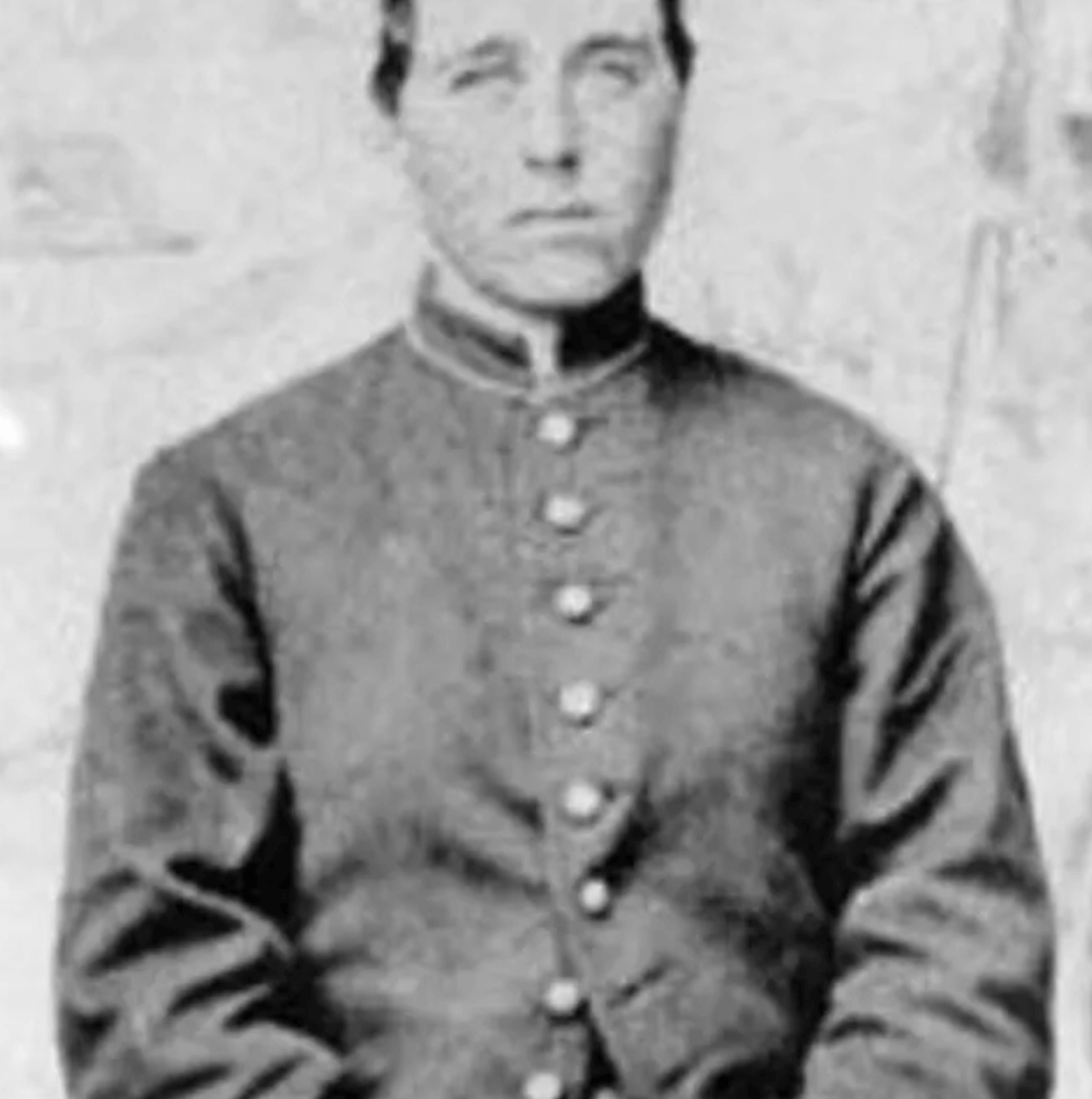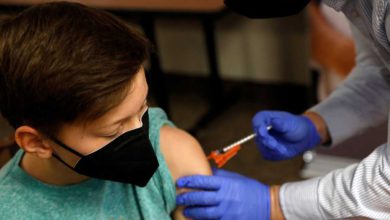
U.S. national parks and monuments don't just mark natural beauty or wilderness areas. They also commemorate sites of significant cultural and societal value — including the sometimes secret heritage and contributions of LGBTQ+ Americans to our national history.
Albert Cashier and the Battle of Vicksburg
Albert Cashier was born Jennie Hodgers and assigned female at birth.
He enlisted in August 1862 with the 95th Illinois Infantry as a private under the name "Albert D.J. Cashier."
In May 1863 Cashier fought at the Siege of Vicksburg, which is now commemorated at Vicksburg National Military Park in Mississippi. He was captured while on a reconnaissance mission, and escaped by stealing a gun from a Confederate soldier.
Cashier's secret was revealed after the war, and the U.S. government charged him with fraud. Fellow soldiers from the 95th Illinois defended him, and Cashier ultimately kept his status as a veteran. He was buried with full military honors after he died in October 1915.
Henry Gerber on Governors Island

Henry Gerber enlisted multiple times in the U.S. Army.
Following his service in the Allied Army of Occupation in Coblenz, Germany, from 1920 to 1923, Gerber helped found the Society for Human Rights in 1924. It was the first U.S. organization that sought to protect the rights of gay and lesbian people.
But Gerber's newsletters violated the Comstock Act of 1873, which forbade the sending of "obscene, lewd, and/or lascivious" material, and the Chicago police arrested him.
Gerber later moved to New York and reenlisted. While he served at Governors Island, he was harassed and beaten for his activism. Army investigators searched his quarters and Gerber was detained for weeks in the island's guardhouse.
Gerber was honorably discharged in 1942.
Part of Governors Island is now a national monument, established in January 2001 by President Clinton. Since 2005, the monument has been open to the public, accessible by ferry.
LGBTQ+ and the arts on Fire Island

Fire Island National Seashore, in New York, preserves not just coastal ecosystems, but also a unique history of the early LGBTQ+ arts scene in what is known as "America's First Gay and Lesbian Town."
Frank Carrington bought a house near the Fire Island town of Cherry Grove in 1927. As a theater director and a patron of the arts, he frequently invited guests to the house, including prominent members of the LGBTQ+ community like Truman Capote and his partner Jack Dunphy.
Cherry Grove Community House and Theater, in Cherry Grove proper, later became a focal point of the LGBTQ+ community and arts scene, and helped shape Cherry Grove into one of the first LGBTQ+ enclaves in the U.S.
Both buildings are listed on the National Register of Historic Places, recognizing their contributions to LGBTQ+ history.
Stonewall National Monument

On June 24, 2016, President Obama officially designated Stonewall National Monument in New York City. The 7.7-acre monument includes Christopher Park, Stonewall Inn itself, and the surrounding streets and sidewalks where the Stonewall Riots took place in June of 1969.
The monument marked the first time the National Parks Service had a division dedicated to the history of LGBTQ+ Americans.
Trending stories at Scrippsnews.com








